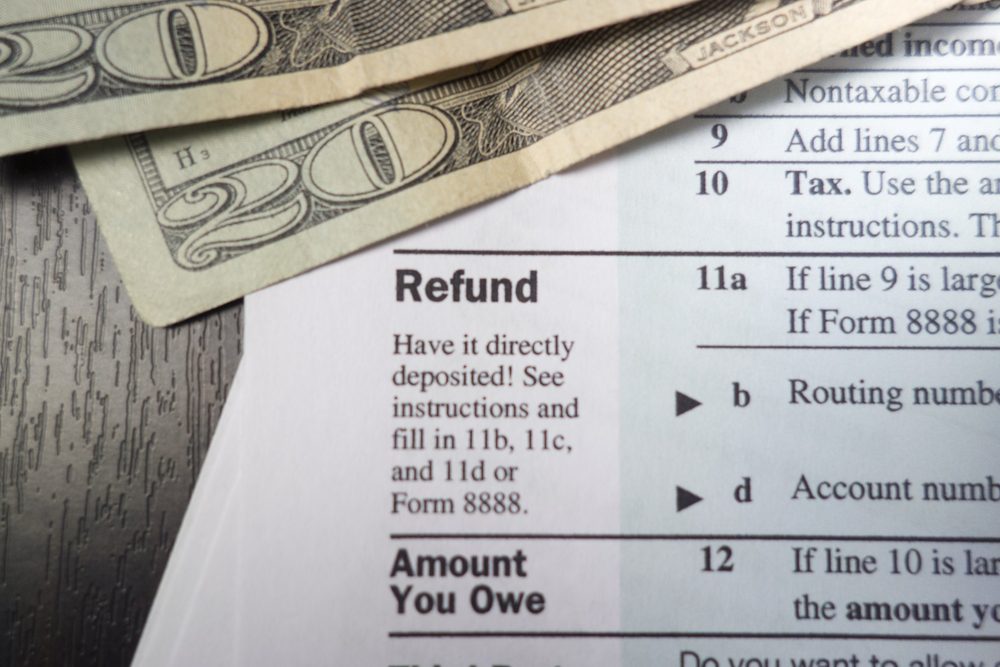
What does President Biden’s proposed budget for the new 2024 tax plan look like?
Biden’s plan for the government’s 2024 fiscal year has several provisions affecting tax bills for both businesses and individuals. Of course, it also aggressively aims to cut the deficit by a substantial $3 trillion over the next decade.
While the new 2024 tax plan proposed by President Biden is unlikely to pass since the Republicans own the majority in the House of Representatives, it still provides insight on what the Democrats’ priorities are. As we’re heading towards what is likely a heated election year in 2024, this tax plan may also be the foundation of the president’s policy platform on which he will run for re-election.
Without further ado, let’s see what President Biden’s budget for the new 2024 tax plan looks like!








